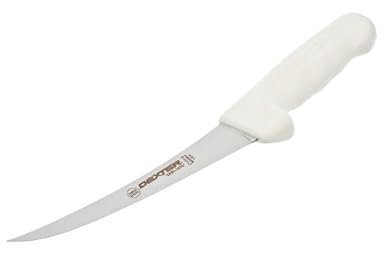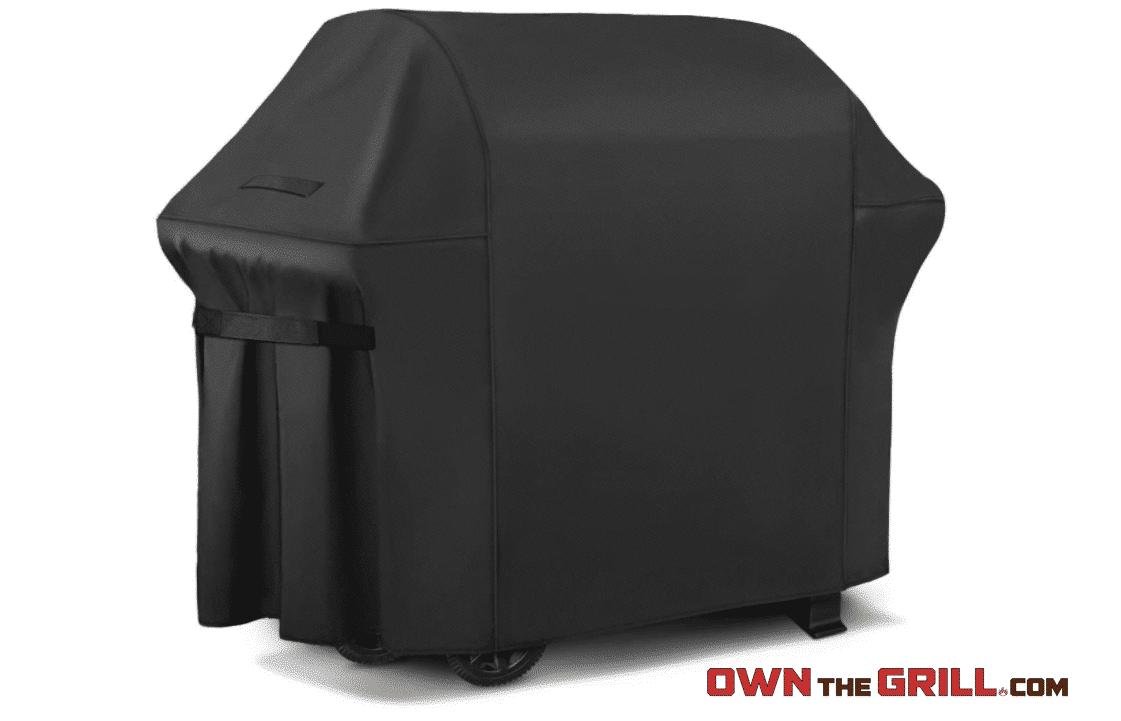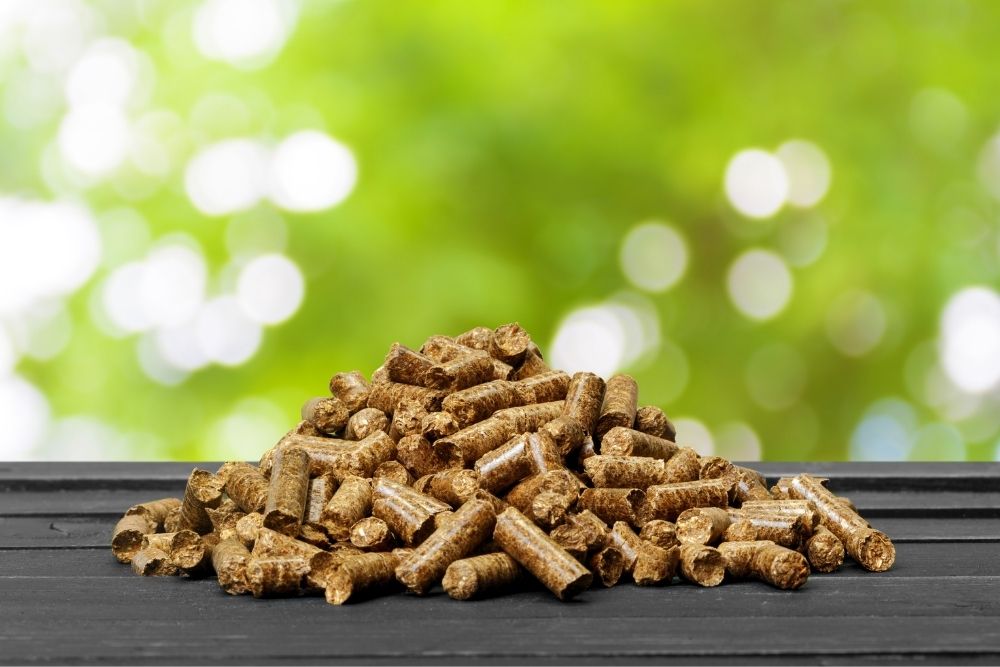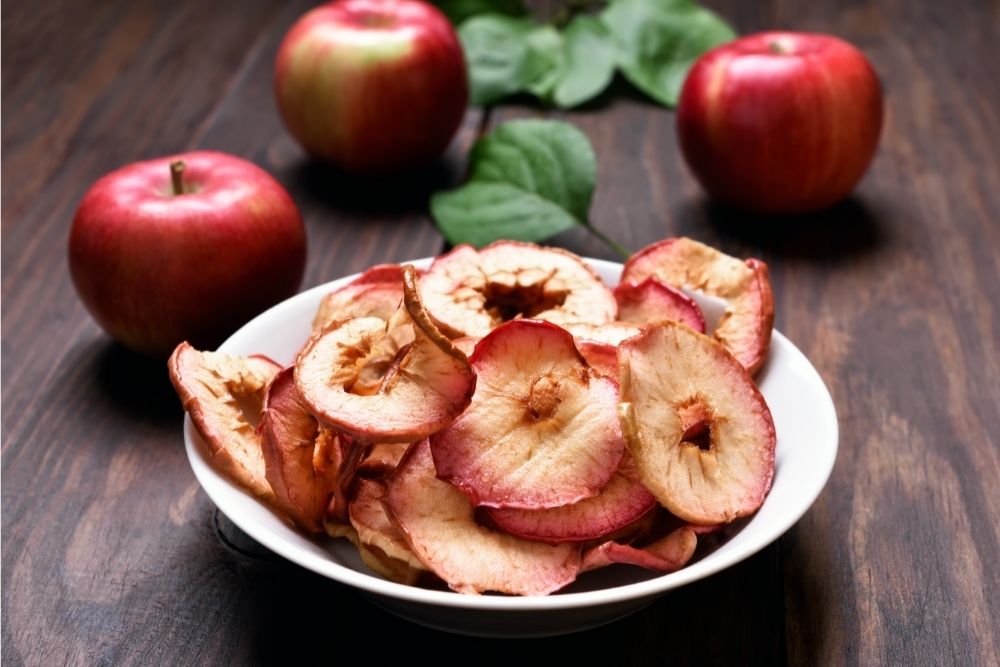Brisket is a tough cut of beef that requires a long resting period before serving. The cut has a lean cut that can dry out easily, and this means that in most cases, the meat needs to be cooked properly and then rested for two hours.
You can cook your brisket in either a smoker or hot and fast on a grill, but regardless of how you cook it, you’ll want to leave it alone to rest for a maximum of two hours and a minimum of one hour. If you don’t have time to wait, you can also wrap it tightly in foil and place it in the refrigerator.
But what does resting mean, and how does it work? Well, we have the answers here for you today!
Keep reading to find out everything you need to know about the process of letting brisket rest.
We will explore how to trim your brisket before cooking, how to tell that your brisket is properly cooked if you don’t own a meat thermometer, and how to make your own faux cambro for when you need to wait four hours between cooking the brisket and serving it.
What Is Resting?
Resting is the process of letting the meat sit at room temperature (for up to two hours, in the case of brisket), once it has finished cooking.
While you may disregard this step in the process for a smaller cut of beef like steak, it’s a very important step when it comes to brisket.
What Does Resting Brisket Do?
So, why is resting your brisket so important? Essentially, when the brisket is smoked at high temperatures, the water content of the meat consolidates from the fibers of the meat to the center of the beef.
Letting the brisket rest at room temperature allows the moisture to be absorbed back into the meat’s fibers, and evenly distributed throughout the brisket. The newly dissolved proteins are gradually mixed in with the meat’s juices.
It’s essentially a way to ensure that the flavors of the brisket are being locked in so the meat will taste as good as it possibly can by the time you’re ready to serve it.
If you were to cut into a brisket right away, there’s a good chance all of the juices and moisture would spill out all over your cutting board, leaving a dry hunk of meat that lacked sufficient moisture behind.
Brisket that hasn’t had enough time to rest will not only be utterly lacking in moisture, but it also just won’t taste as good.
If you do forget to let the brisket rest and you’ve cut into it, causing all of its juices to spill out, the brisket may still be salvageable.
Collecting the juices that have escaped and pouring them back onto the meat may help to return some of the moisture- but this tends to only work if the brisket is on the smaller end.
It’s hard to salvage a big, thick brisket that’s been cut into too early. Another point worth mentioning is that, although you may be able to return the moisture, the brisket will be too hot to consume immediately after cooking anyway. So, to summarize… always let the brisket rest!
How Long Should I Let Brisket Rest?

Most people like to take their brisket off of the smoker somewhere in the range of 198-205ºF.
Once you’ve removed the meat from the heat, take off all of the foil or butcher paper (if it was called for in the recipe you’re using), and rest the brisket in a cooler ideally – your cutting board or butcher block will do also.
The absolute minimum length of time you should be letting brisket rest is one hour, but for the best results, leave it for two hours.
Don’t leave it any longer than a couple of hours, though, because at this stage the internal temperature of the meat will start to rapidly decline, to the point where you might end up needing to reheat the brisket – and reheating would inevitably dry out the meat some, which would be far from ideal.
How To Know When Your Brisket Is Done
The best way to know that your brisket has had enough cooking time is by using a meat thermometer; if you try the thermometer at a few different points on the meat and the internal temp is at least 195ºF, then the meat is ready.
But what if you don’t have a meat thermometer? The best alternative is by judging the feel of the meat. If you stick a toothpick into the brisket, it should go in easily, with very little (or absolutely zero) pushback, and you should be able to jiggle the meat a little.
These are both strong indicators that you can take the brisket from high heat, and let it rest for up to two hours.
Trimming The Brisket
Before you begin the cooking process, you’re going to want to trim the brisket so that you can get rid of hard pieces of fat that won’t render out during the cook.
You should be using a sharp boning knife to trim off the fat, but not all of the fat; roughly a quarter of an inch should remain.
The sections of the brisket that will be exposed to higher temperatures can retain a little more fat than the sections that will be exposed to slightly lower temperatures.
If there are parts of the brisket that look a lot thinner than the majority of the meat, then cut these parts off before cooking, otherwise, they’re likely to overcook and dry out.
Final Thoughts
Once your brisket has been fully cooked (to an internal temperature of at least 195ºF), you should let the meat rest at room temperature for two hours.
The bare minimum for letting the brisket rest is one hour because while this may be enough time for the meat to reabsorb its natural juices and lock in all of the flavor, you’ll get the best results from two hours.
Likewise, much more than two hours is also a no-go, as the internal temperature will start to go down and you may end up needing to reheat the brisket, which could dry it out.
If you need to leave your cooked brisket for longer before serving, be sure to wrap it in foil and place it in a well insulated cooler to maximize the length of time it will be at serving temperature.
Discover more from Own The Grill
Subscribe to get the latest posts sent to your email.





